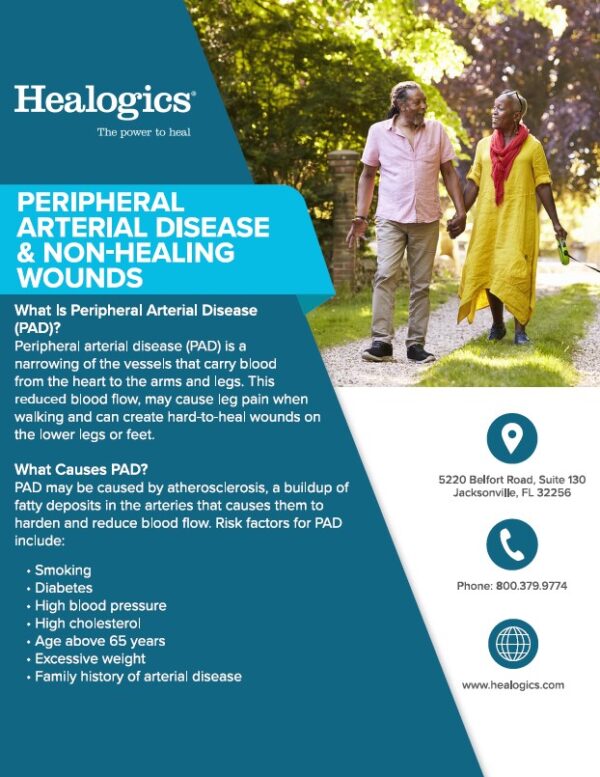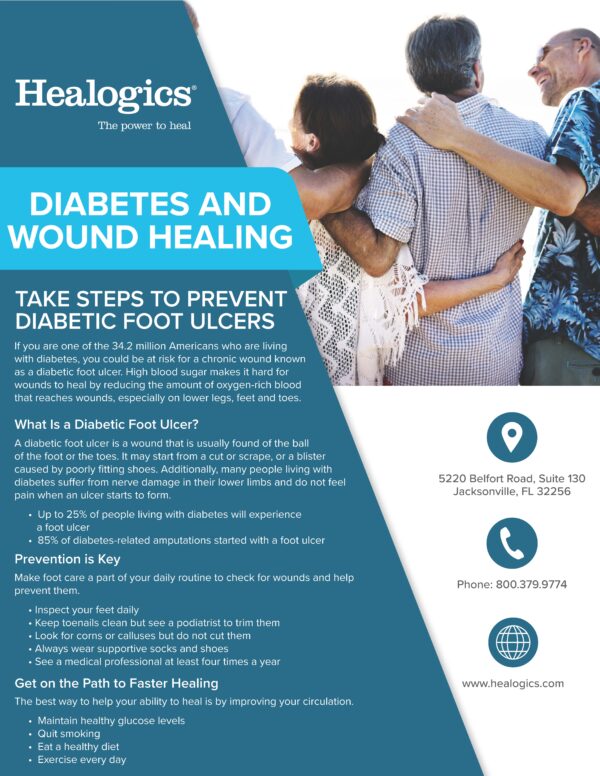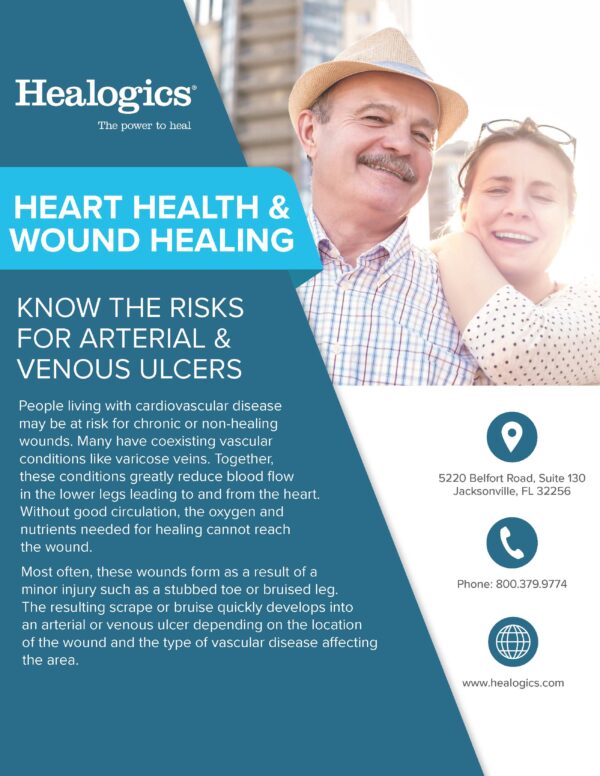Understanding Diabetic Neuropathy: Causes, Diagnosis, and Prevention
What is diabetic neuropathy? Diabetic neuropathy is the result of nerve damage from diabetes. Over half of people with diabetes have neuropathy and diabetes is the number one cause for neuropathy. It is a common complication of diabetes that can lead to serious consequences if left untreated. However, there are other causes such as: Some…



